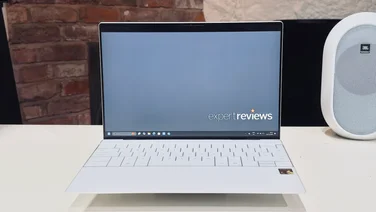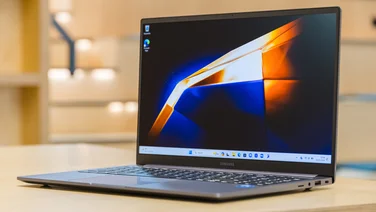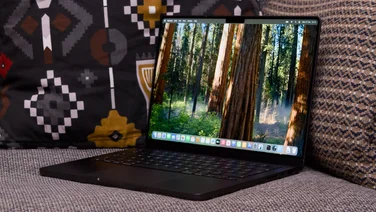To help us provide you with free impartial advice, we may earn a commission if you buy through links on our site. Learn more

Netbooks aren’t traditionally known for their great performance, but Asus hopes to change that with the new EeePC 1215N. Dual-core processors and Windows 7 Home Premium are more commonly found in more expensive ultra-portable laptops, but here both have been squeezed into the diminutive 1215N.
The Intel Atom D525 processor has two cores running at 1.83GHz. In theory, this should provide a welcome power boost over single-core netbooks, but battery life could be sacrificed. By using Windows 7 Home Premium, Asus has avoided the 1GB memory limit that Microsoft insists on for the Starter Edition of its operating system. With 2GB of memory, typical netbook tasks such as web browsing and word processing felt much snappier. In our testing, performance was roughly twice as fast as a single-core Atom. While any performance increase in a netbook is much appreciated, it’s still a long way from matching the power of a full-size laptop.
Graphics horsepower comes from Nvidia’s Ion chipset. This will play both 720p video on the move and 1080p full HD content on an external display via HDMI. Full-screen gaming was still out of the question, though. By dynamically managing the graphics processor when it’s idle, the Optimus power-saving technology aims to extend battery life while still providing improved performance. Lasting five hours in our light usage test, Optimus can’t counteract the power draw from the dual-core processor and graphics chip – this is around half the battery life we’ve seen with other netbooks. Heat wasn’t a problem: even after several hours’ use it remained cool. The fan was quiet during normal operation and there was very little noise even at full speed.
Although it’s quick for a netbook, the 1215N is only slightly smaller and lighter than 13in ultra-portable laptops that have much more processing power. At £415, it’s also very expensive for a netbook. With the relatively short battery life, there are many longer-lasting alternatives. The uneasy combination of performance, portability and price puts the 1215N in an awkward position unless you can live with the battery life in exchange for the larger screen and performance.






